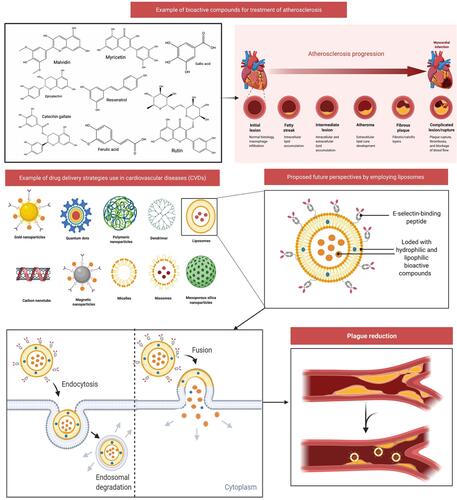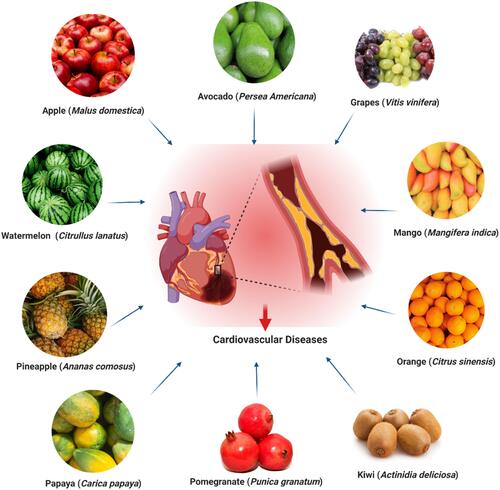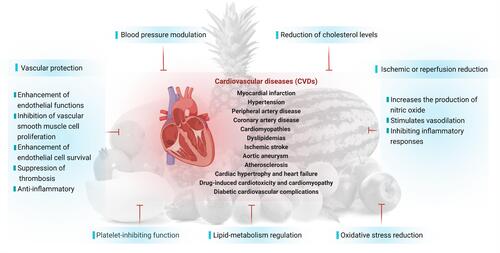Figures & data
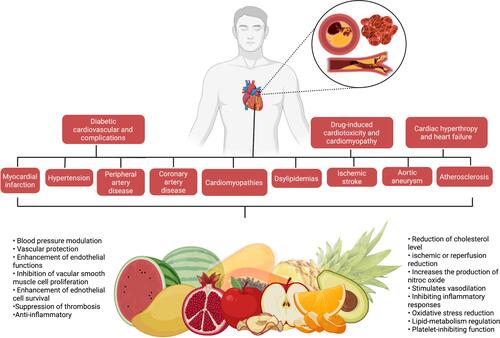
Figure 1 Parts of the cardiovascular system and their functions. The upper two (or atria) chambers operate mainly as chambers for collection, while the lower two chambers (ventricles) are considerably stronger and are used to provide blood. The right atrium and ventricle are responsible for collecting blood from the body and pumping it to the lungs. Blood is collected from the lungs and pumped throughout the body by the left atrium and ventricle. The heart has a one-way flow of blood, which is maintained by a series of four valves. The tricuspid and bicuspid atrioventricular valves allow blood to pass only from the atria to the ventricles. Only blood from the ventricles can flow out of the heart through the semilunar valves (pulmonary and semilunar).Citation3 In other side, it should be noted that in addition to pumping oxygen-rich blood into body tissues, the blood also circulates many other important substances for oxygen exchange for carbon dioxide. As example, digestive nutrients are collected from the small intestine and pumped into all the cells in the body by the circulatory system. The circulatory system transports waste materials from cells into the kidneys, extracted and transmitted into the bladder. An important function of the heart in this matter is the pumping of interstitial blood fluid into the extracellular space. The circulatory system then returns excess interstitial fluid through the lymphatic system.Citation3 The heart is a rhythmic electromechanical pump as its performance is dependent on the formation and propagation of action potentials, followed by relaxation and a period of refractoriness before the next impulse is created. The inward of Na+ current and outward of K+ current carrying ion channels are sequentially activated and inactivated in myocardial action potentials. Due to variances in Na+, Ca2+, and K+ channel expression in different parts of the heart, action potential waveforms are diverse, and these differences contribute to the normal, unidirectional transmission of activity and the formation of normal cardiac rhythms.Citation154
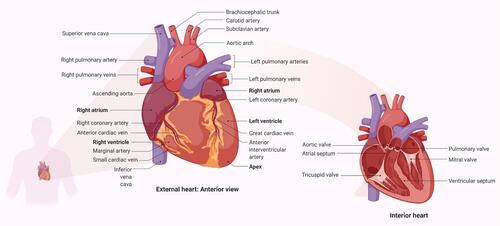
Table 1 List of CVDs and Their Pathophysiology
Figure 3 Bioactive compounds present in apple (Malus domestica) and its cardioprotective effects. Apple polyphenols are abundant in the flesh and peel of the fruit and contribute to the improvement of blood pressure, endothelial function, and arterial stiffness in those at increased risk of cardiovascular disease (CVDs). A healthy heart permits blood to be pumped out via a network of blood channels known as arteries. The left side of the heart takes oxygen-rich blood from the lungs and pumps it out via a big artery called the aorta, while deoxygenated blood returns to the heart via blood vessels called veins. However, atherosclerosis, a buildup of plaque inside the arterial walls, may cause the arteries to narrow, making blood circulation more difficult. The combination of hypertension and atherosclerosis will eventually result in more significant issues such as myocardial infection, more often referred to as a heart attack.
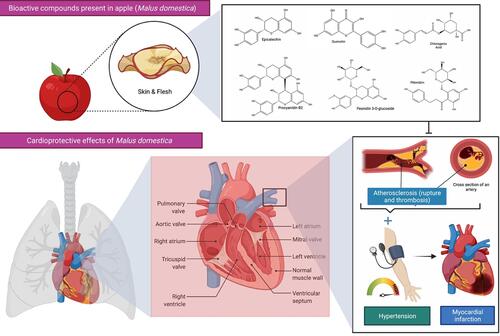
Figure 4 Bioactive compounds found in avocados (Persea americana) and their influence on lipid and cholesterol levels. Avocados have a wide range of anticancer, antioxidant, and cardioprotective properties, including reducing cholesterol levels, due to the compounds contained in the seed (endocarp), the pulp (mesocarp), and peel (exocarp). Increased lipid and cholesterol levels contributed to the development of heart disease by clogging the arteries with fatty streaks. Avocado fruit and oil consumption reduces blood TG, LDL, VLDL levels. The mechanism of action involves inhibition of cholesterol synthesis. Avocado bioactive components such as quercetin may have the ability to decrease cholesterol levels via modulating HMG-CoA and SREBP.
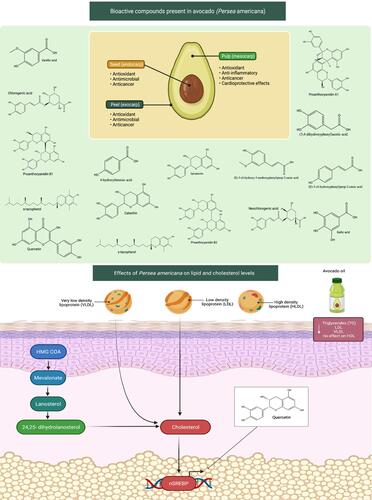
Figure 5 Bioactive compounds present in grapes (Vitis vinifera) and its mechanisms of action in cardioprotection. Grape extracts significantly reduced cardiac and brain ischemia-induced oxidative stress. Grapes contain compounds that assist avoid oxidative stress, thus resulted in a significant impact on blood lipids such as decreasing LDL-oxidation (LDL-ox) and substantially enhance endothelial function. Additionally, it contributes to platelet aggregation inhibition, inflammation, and blood pressure reduction by decreasing endothelin-1 (ET-1) secretion and increasing endothelial nitric oxide synthase (eNOS) levels.

Figure 6 Bioactive compounds and cardioprotective effects of Mango (Mangifera indica). Mango has a high concentration of well-known bioactive components, such as vitamin C, carotenoids, and polyphenols. The strong oxidative impacts of reactive oxygen species (ROS) have been demonstrated to cause damage to biological molecules (eg, proteins, lipids, and nucleic acids) via structural and functional alterations. One of the phenolic compound present, Mangiferin which is highly abundant in Mango, have claimed to be important nutritional antioxidants in preventing and treating several chronic disorders, specifically CVDs by blocking the activation of pro-apoptotic signals, AGE, TNF-α, ROS and lipid peroxidation.
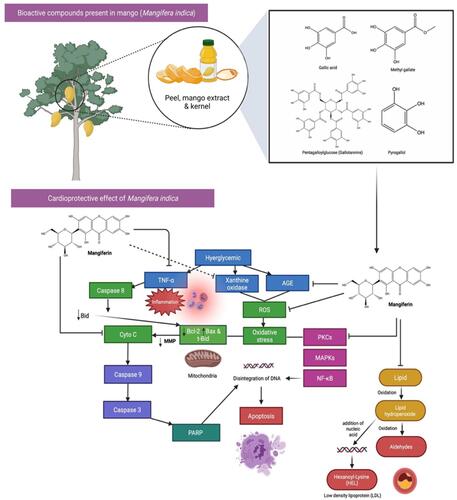
Figure 7 Bioactive compounds and protective effects of orange (Citrus sinensis) in on the monoamine oxidase (MAO) activity, phosphodiesterase (PDE) activity, and angiotensin-converting enzyme (ACE) activity in the heart. Orange extract/juice contains compounds that helps in modulation of the renin-angiotensin-aldosterone system (RAAS) thus helps in lowering the diastolic and systolic blood pressure.

Table 2 Mechanism of Action of Nutritional Fruits Against CVDs
Figure 9 Bioactive compounds and protective effects of kiwifruit (Actinidia deliciosa), pomegranate (Punica granatum), papaya (Carica papaya), pineapple (Ananas comosus) and watermelon (Citrullus lanatus). The mechanism of action involves reduction of thrombosis, atherosclerosis and blood pressure via lowering platelets’ responsiveness to collagen and ADP, reducing ACE activity, oxidative stress, inflammation and regulation of blood cholesterol levels.
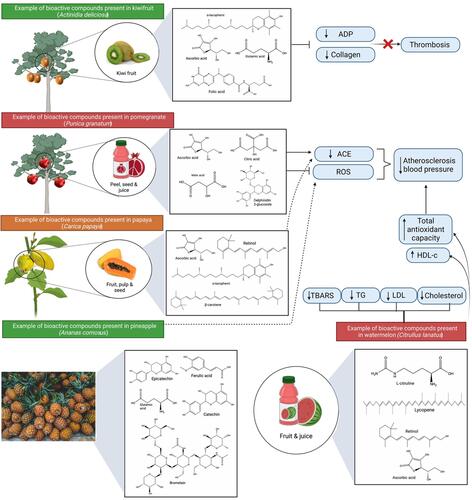
Figure 10 Drug delivery strategies use in cardiovascular diseases (CVDs) and proposed future perspectives of liposomes-based drug delivery. Atherosclerosis began as a lesion before a lipid layer or fatty streak formed within the intima. Leukocytes and smooth muscle cells migrate into the arterial wall, causing plague and extracellular matrix degradation. Liposomes can be loaded with hydrophilic and lipophilic bioactive substances, which may help decrease plague development. Injured endothelium secretes adhesion molecules during atherosclerosis, thus liposomes can be modified to conjugate with E-selectin-binding peptide (eg, E-selectin, and P-selectin). This combination of bioactive molecules and targeted ligands will further aid in decreasing atherosclerosis.
